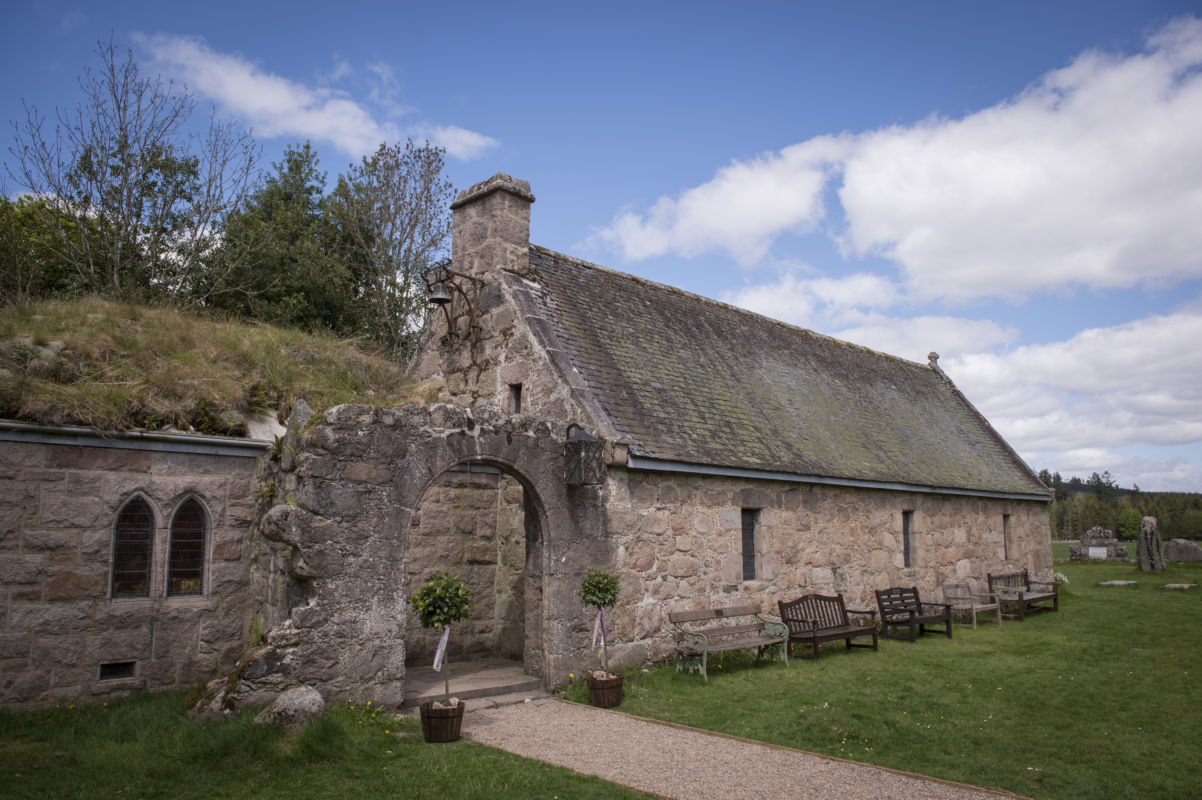St Lesmo
Inhabitants of Aboyne and Glen Tanar will immediately recognise the name of this Saint but very few in the wider world will have heard of him at all! Very few sources mention him in any way and those that do have little to say about his biography.
St Lesmo is supposed to have been a hermit who resided somewhere within the old parish of Glen Tanar and died c.731AD. He is credited with being the first to bring Christianity to this area but, as we shall see, this can hardly be true. Beside the old laird of Braeloine's house, which stood where the Episcopal Chapel now stands within the estate of Glen Tanar, was to be found St Lesmo's Well and this is, so far as is known, the only remnant left within the surrounding countryside to mark the Saint's passing.1 He is said to have been a great teacher attracting pupils from the local neighbourhood and further afield.
Glen Tanar has been well-tramped by generations of visitors and travellers and is, indeed, one of the 'gems' of Deeside. It marks the end of one of the most famous hill-tracks (hill-roads) over the Mounth - the Firmounth Road - as well as being the starting-point for a superb approach route to Mount Keen, which is, at 939m., the most easterly of the Scottish Munros. Two features along the Firmounth underline the importance it had to travellers even as early as the Age of the Saints. St Colm's Well

Above: St Lesmo's Chapel as it is today beside Braeloin.
References:
1. There are two medieval charters in the Sutherland charter chest, one of which was certainly signed at 'Brodland of Glentanner' (sic.) on 18 November 1512 and the second, very probably, at the same place on the following day. Both charters involve the resignation of certain lands by Alexander Gordon of Aboyne into the hands of his brother, the Earl of Huntly, as his superior. The second charter records that the Earl of Huntly then re-invested his brother with the same lands on the following day. [Fraser, Wm. (1892) Sutherland Book, iii, Edinburgh, nos. 48, 49]
Brodland was the old name of the Laird of Glentanner's house, it becoming known as Braeloin in later times. Macfarlane notes, "There is also a very good inn at the mouth of the wood, where the Forrester
lives, called Bordland. A quarter of a mile above Bordland lives a gentleman by Sirname Garden {Gordon?} a fewer of a town from the Earl called Brelyne {Braeloin} the said water of Tanar which is, for ordinary, very impetuous and if any ways in speat {spate} is not passable but at Bordland, where is an excellent timber bridge in form of an arch." [Macfarlane, Geog. Colls., vol. I, p. 107]
small(transp).png)
